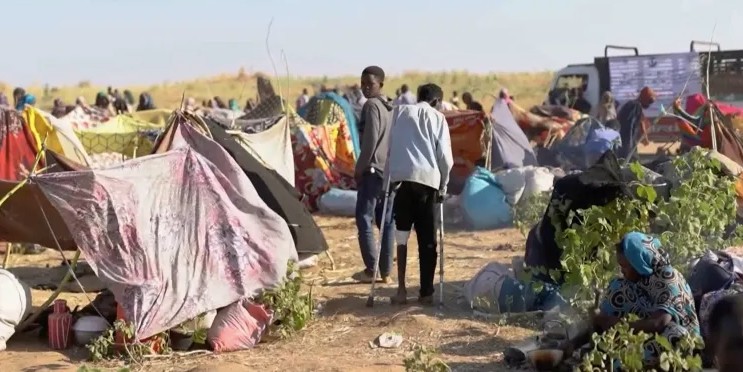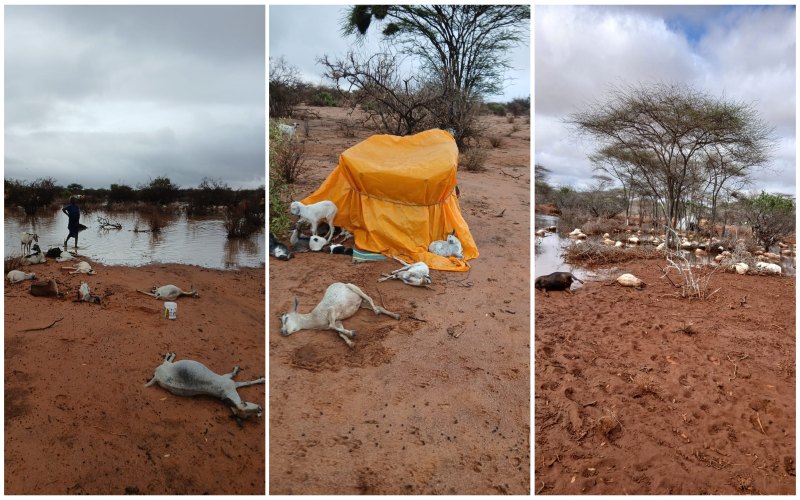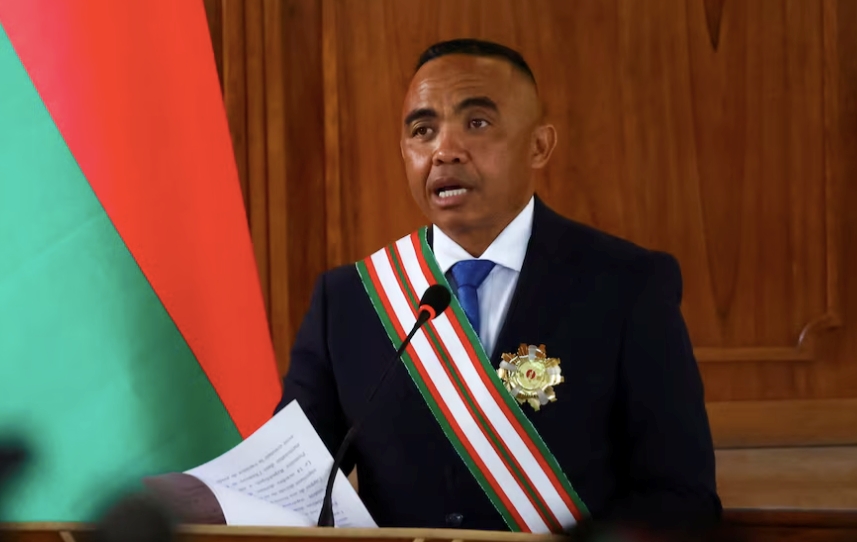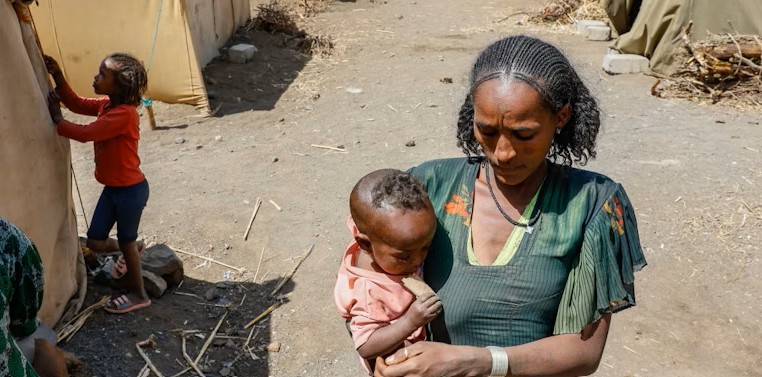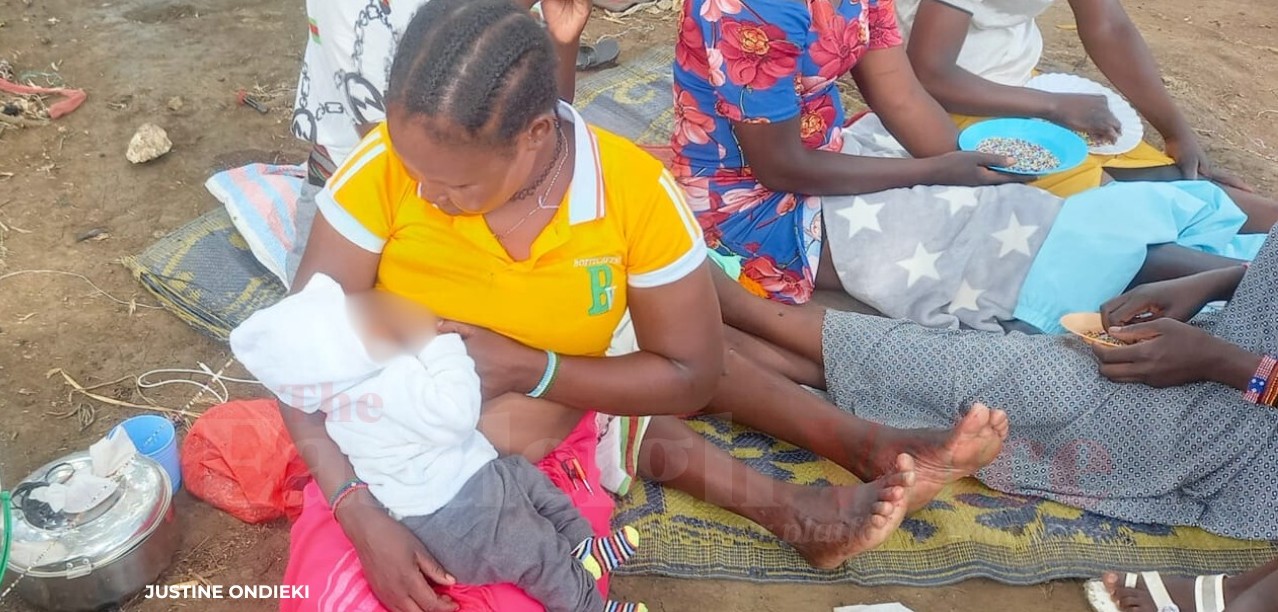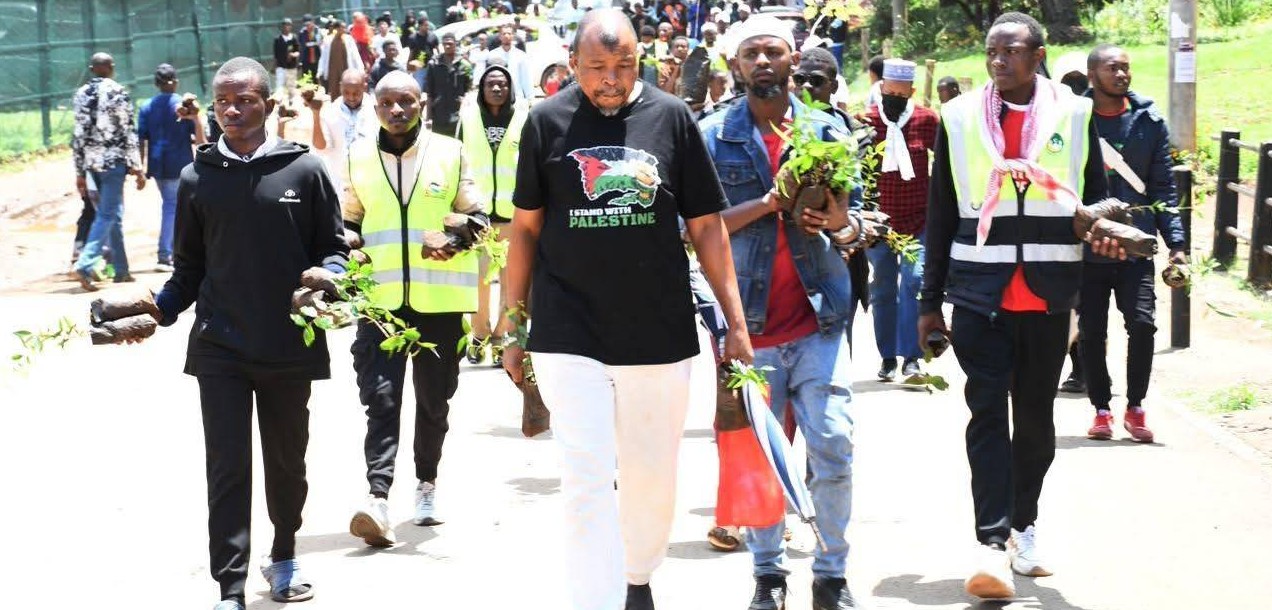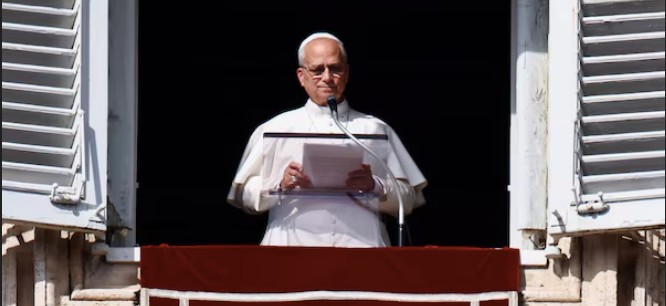Senators demand locals benefit first from Sh2.9 billion Galana Kulalu electrification project

The senators raised concerns that local communities appeared to have been overlooked in the project’s initial design.
Locals should be the main beneficiaries of the Sh2.9 billion electrification project at the Galana Kulalu Food Security Scheme, the Senate Standing Committee on Energy has said.
The committee urged the government to ensure the initiative directly serves neighbouring communities rather than bypassing them.
More To Read
- Kenya accelerates Galana-Kulalu irrigation scheme to boost food security
- MPs demand answers over 301,000-acre Galana Kulalu land takeover
- MPs fault Lands Ministry for laxity, urge DCI to intervene in stalled fraud cases
- Sh2.8 billion budget slash puts 18 irrigation projects at risk
- State to introduce standardised rules for leasing public assets to boost revenue
- Galana-Kulalu project secures Sh12.5 billion investment to boost Kenya's food security
The senators raised concerns that local communities appeared to have been overlooked in the project’s initial design during a visit to the Baolala Rural Electrification and Renewable Energy Corporation (REREC) substation in Malindi, Kilifi County, to assess progress on the ongoing works.
Led by Siaya Senator Dr Oburu Oginga, the committee established that Corporate Social Responsibility (CSR) activities were missing from the project’s plans, and that connection to nearby schools, hospitals, and villages was being treated as a low priority.
“The people around here should not be the last to benefit from a project happening in their backyard. The plan should have placed more emphasis on community connection,” Oburu remarked.
The fact-finding mission included Nairobi Senator Edwin Sifuna, Tana River’s Danson Mungatana, Turkana Senator Ekomo James, and nominated Senator Beatrice Ogola.
REREC engineer James Muriuki told the senators that about Sh300,000 had been allocated to link local facilities to the electricity grid once the project is complete.
He explained that the development includes the installation of a 45 MVA transformer, 54 kilometres of 66 KV power lines divided into two sections, and two 23 MVA transformers, along with a metering station for power distribution.
Senator Sifuna questioned the government’s planning approach, arguing that national electrification priorities should focus first on regions that remain off-grid.
“We still have at least 13 counties not connected to the grid. It makes little sense to have power lines running across vast areas while some counties remain in darkness,” Sifuna said.
Mungatana expressed concern that limited access to electricity continued to deter private investors in coastal counties such as Lamu and Tana River.
“Our region has lagged behind in industrial development because of unreliable power supply. Manufacturers say they cannot invest between Malindi and Lamu due to inadequate electricity,” he stated.
Nominated Senator Beatrice Ogola echoed similar sentiments, urging project designers to integrate community needs from the start rather than as an afterthought.
“Energy is the foundation of development, but our people must also feel the immediate impact. As much as we power large projects, we must ensure local households and institutions benefit too,” she said.
The senators pledged to continue pushing for equitable access to electricity, especially in marginalised counties, arguing that energy access remains key to Kenya’s wider economic transformation.
Top Stories Today


